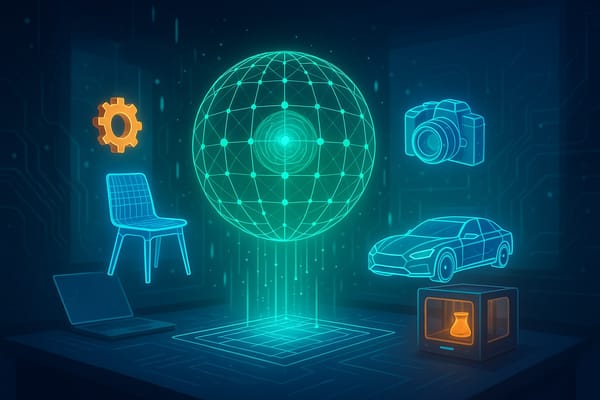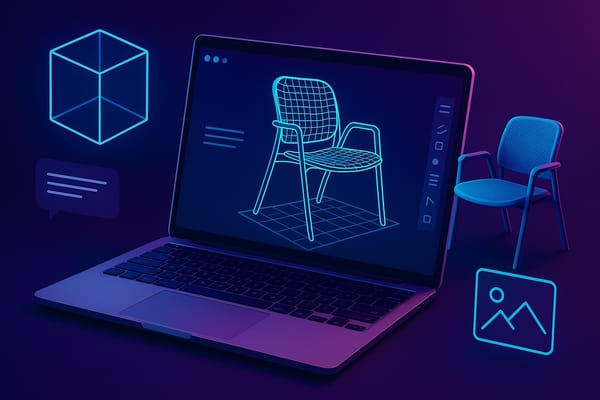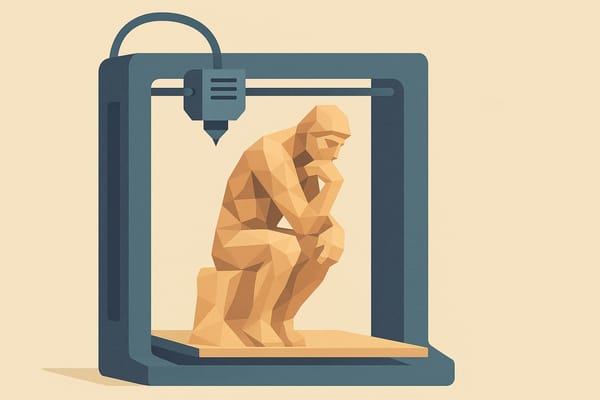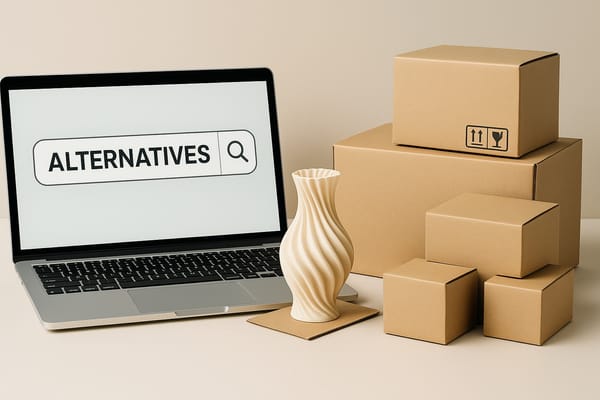Image-to-CAD in Science Class: 3D Printing Cell Models, Atoms, and Animal Adaptations
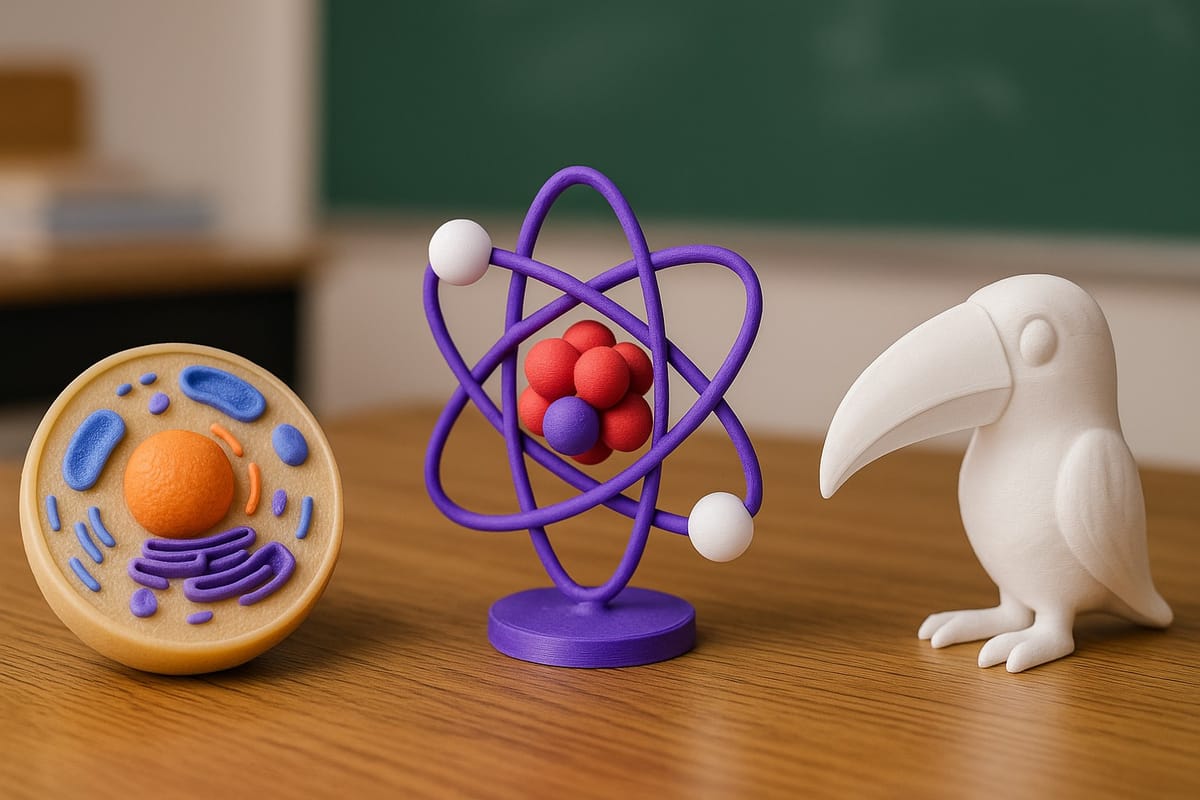
Science is a subject that begs to be seen and touched. Whether you're teaching cells, atoms, or ecosystems, students learn better when they can interact with the content. One of the most engaging ways to bring abstract scientific ideas into the real world is through 3D printing.
But creating 3D models used to require complex CAD tools and hours of training. That is no longer the case.
With the help of AI image generators and tools like PrintPal’s Image-to-CAD, you can create 3D printable scientific models in minutes. Students can describe or draw what they want to model, convert it to an image using ChatGPT, and then upload that image to PrintPal for a ready-to-print STL file.
This article explores how to bring core science topics to life using AI-driven design and hands-on prototyping.
Why Use Image-to-CAD in Science Class?
- Visualize abstract ideas like cell organelles or atomic structure
- Build tactile, 3D models students can pass around and explore
- Support all learning styles, including visual, kinesthetic, and neurodiverse students
- Make science personal and interactive, not just textbook-based
- Integrate creativity and technology into the science curriculum
Whether you are covering life science, chemistry, or environmental science, these techniques offer meaningful ways to enhance learning.
1. 3D Printing Cell Models
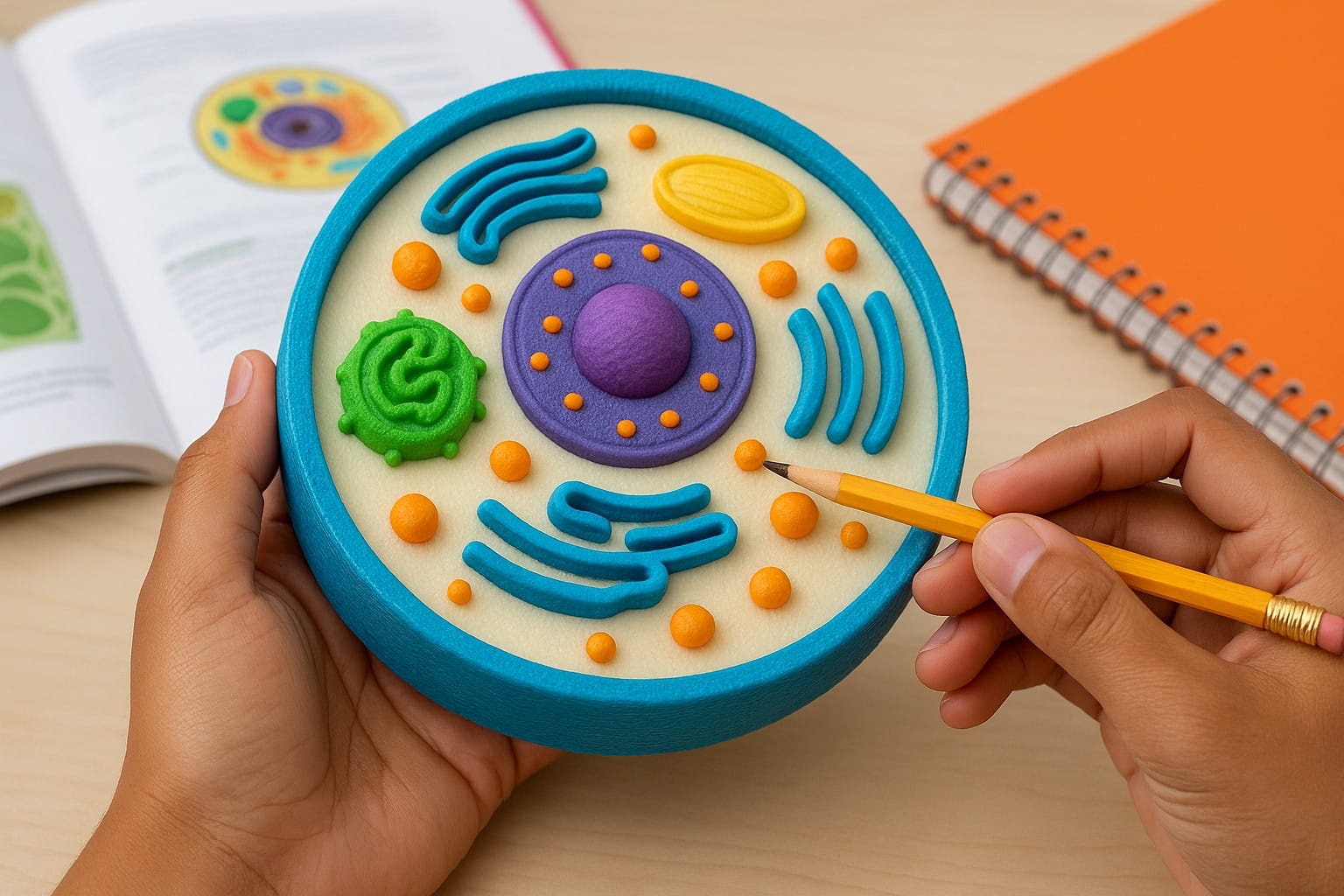
Students often struggle to visualize cells from flat diagrams. With AI-generated images, you can create stylized or anatomically accurate models of plant and animal cells for them to print and study.
Sample Prompt:
“Top-down view of a simplified animal cell with nucleus, mitochondria, and endoplasmic reticulum, white background”
Upload the image to PrintPal, convert to a CAD model, and 3D print the result. You can label each part or use color-changing filament to represent different organelles.
Project idea: Have students generate and print their own cell models, then label the structures and present how they function.
2. Atom and Molecule Structures
Atomic models are a perfect fit for 3D visualization. Instead of building them with plastic kits, students can design their own using AI-generated illustrations and bring them to life with a 3D printer.
Sample Prompt:
“A simplified 3D illustration of a helium atom with two protons and two electrons in orbit, white background”
Print the atom model in pieces or as a solid unit. You can even make it modular, with magnets or pegs that let students build molecules from atoms.
Extension: Print multiple atom types and use them in a chemistry bonding simulation.
3. Animal Adaptations
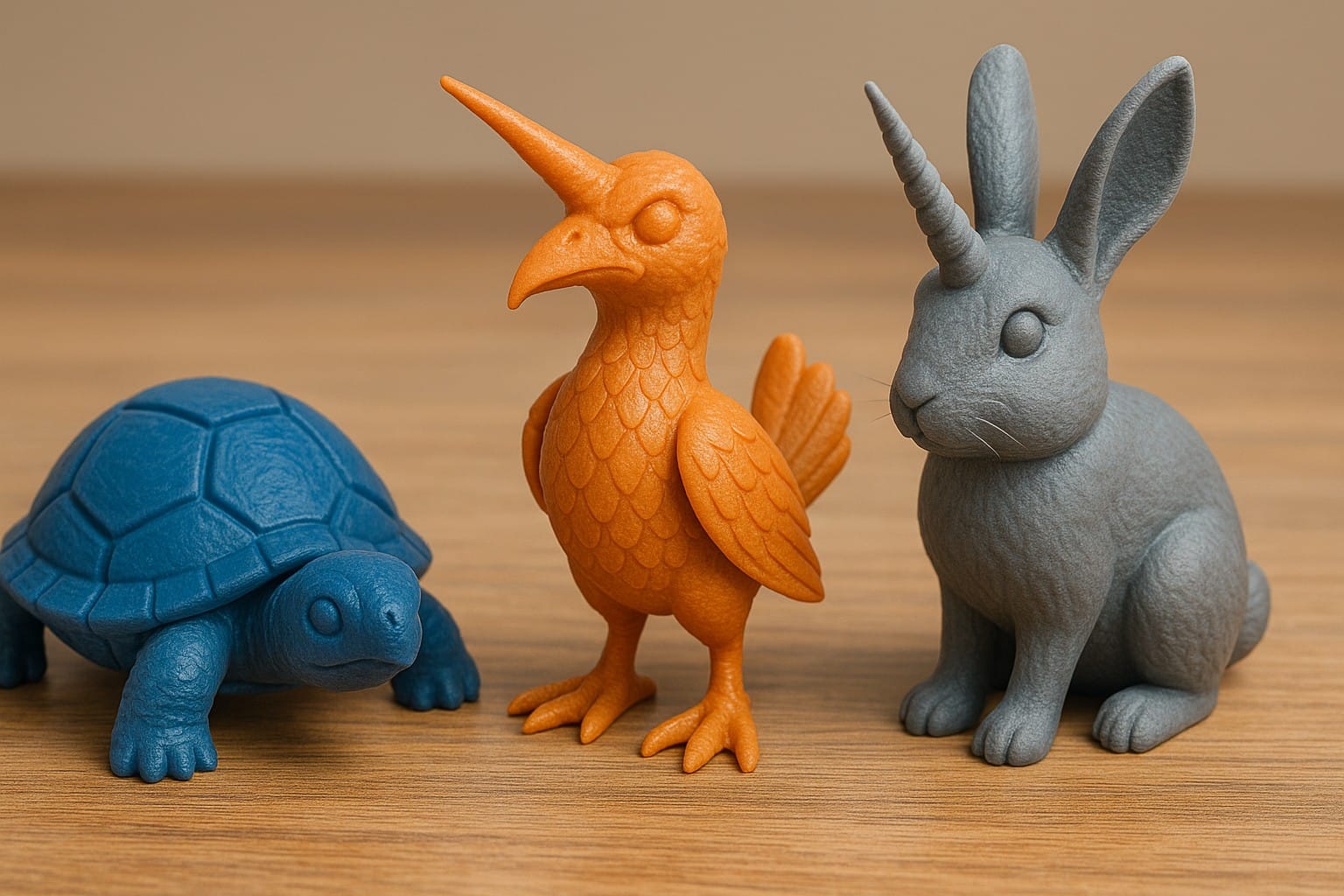
Let students explore biology and ecology by creating models of animals with specialized traits. You can study how adaptations help organisms survive in specific environments, then generate models of their features.
Sample Prompt:
“Side view of a bird beak shaped for cracking nuts, cartoon style, white background”
Students can compare and contrast different beak types, foot shapes, or body coverings. You can print them for tactile comparison and class discussion.
Lesson idea: Run an adaptation challenge where students invent a fictional animal and explain its features using a printed model.
Tips for Science-Based 3D Printing Projects
- Keep the prompt specific: Detail the angle, style, and background for best conversion results.
- Use white backgrounds: PrintPal’s image processing works best with simple, clean images.
- Check size and printability: Use your slicer to scale the model and ensure it prints on your machine.
- Involve students in every step: Let them write the prompt, choose the style, and handle the print.
Real-World Impact in the Classroom
Using Image-to-CAD tools for science is more than just fun. It helps students:
- Engage with complex topics through hands-on experience
- Learn iterative thinking by refining prompts and prints
- Combine science knowledge with technology and design
- Present and explain scientific ideas with confidence
It also brings new energy to STEM classes. Students are not just learning facts, they are creating representations of the natural world.
Final Thoughts
Bringing science to life is easier than ever with AI-powered design and 3D printing. You do not need to teach CAD software or spend hours modeling. With tools like ChatGPT and PrintPal, you can turn ideas into models in minutes.
From cells to atoms to animal traits, your students can now hold science in their hands.
Try it today
Generate a science concept image with ChatGPT
Upload to PrintPal’s Image-to-CAD Tool
Print and explore it with your class.


